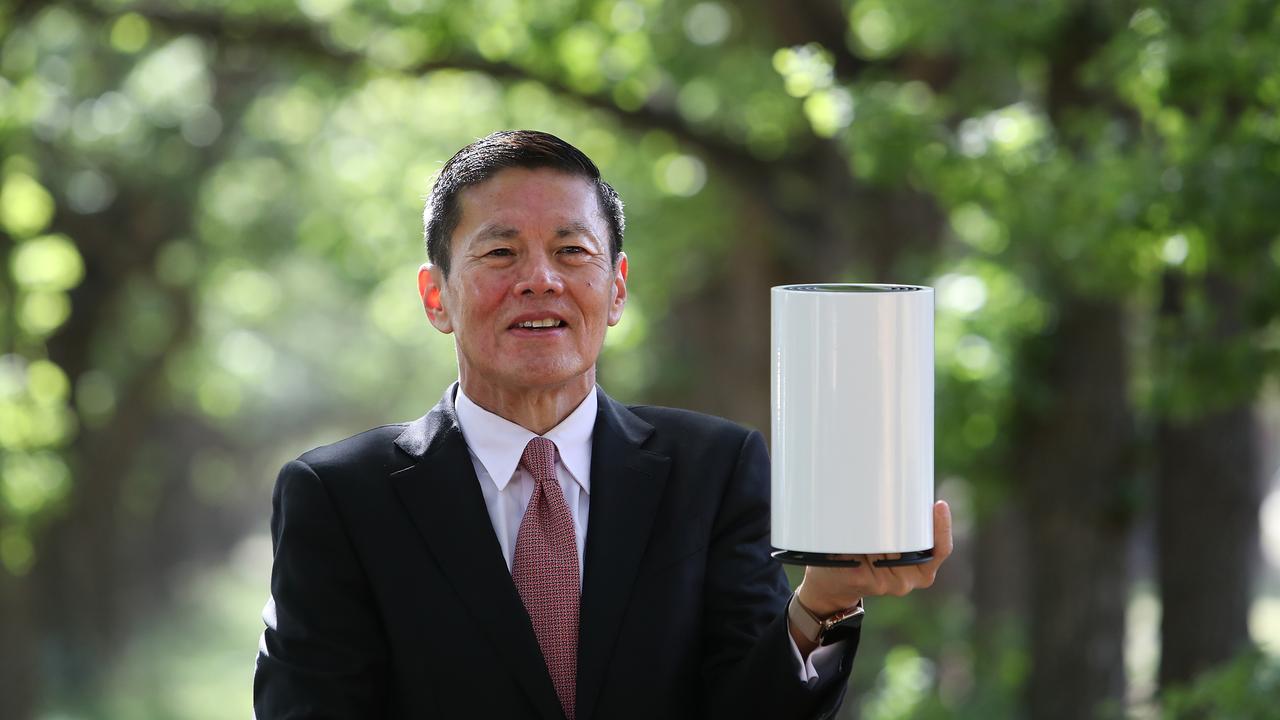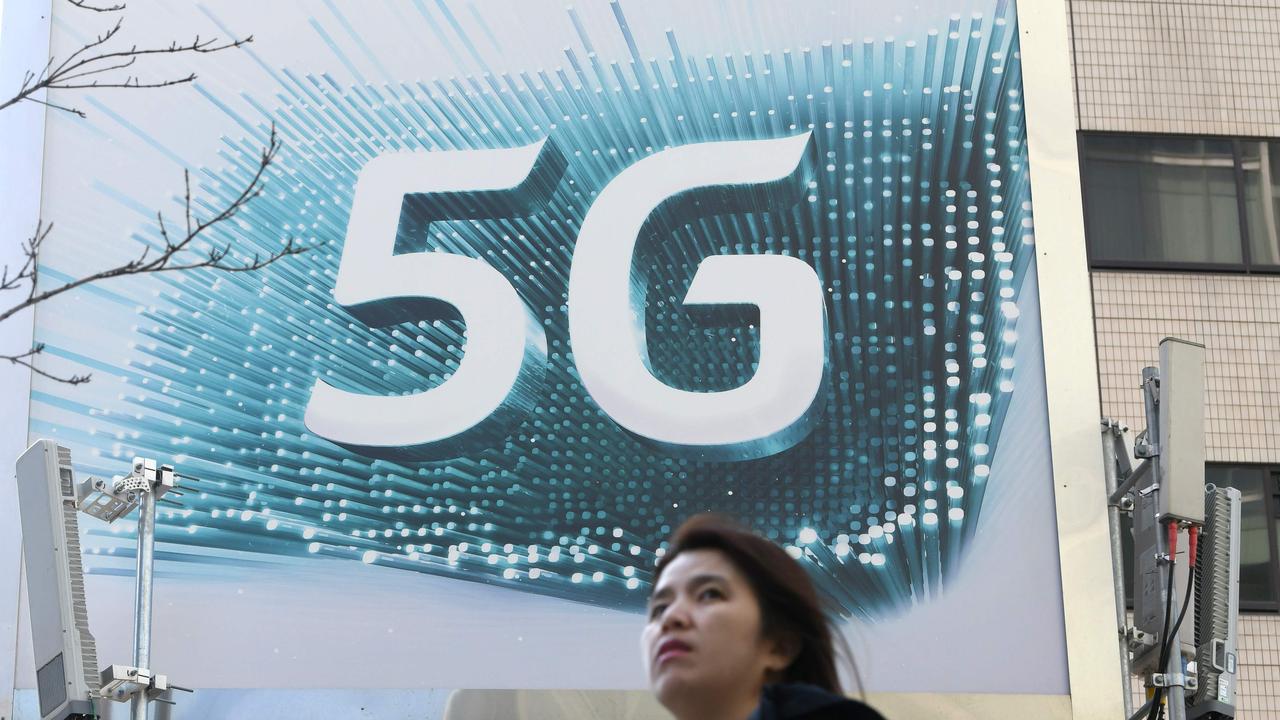5G explained: what the next generation wireless network means for you
There’s a new generation of mobile communications coming to Australia and it’s promising much more than just faster speeds.
By now you’ve probably heard about 5G, but might still be wondering what it is exactly.
Put simply, 5G is the next (and, quite self evidently, the fifth) generation of mobile communications technology.
If you were around at the start of the decade, then you should remember the introduction of 4G, which changed the capabilities of the mobile data network by providing fast speeds that matched home internet and made it possible to do things like stream HD video on your mobile phone.
The 5G networks currently rolling out across Australia promise a lot more than just faster speeds.
HOW DOES IT WORK?
Broadly speaking 5G works the same way as previous mobile networks with radio waves carrying information to a core network.
The radio access network (RAN) and the Core network are the two major components that comprise a mobile network. Cell towers like the ones you see dotted on top of buildings in the city or on stand-alone towers, send information to one another over the air, eventually finding its way to the Core network where it connects to a hard line connection.
5G technology can send and receive more data from more devices more quickly, so using the network is much faster.

HOW MUCH FASTER THAN 4G IS IT?
In a word: significantly. 4G was about 20 times faster than 3G, allowing for theoretical top speeds of up to 300mbps. Typically you’ll get around 125mbps depending on how close you are to a cell site and how many other people are trying to connect. In comparison, 5G has a theoretical top speed up to 10Gbps, more than 30 times faster than 4G.
While real world speeds will be lower, it does point to realistic speeds of more than 1Gbps, depending on network conditions. Additionally, network congestion will have less of an impact on speeds, because 5G allows ten times as many connected devices as 4G, up to one million per square kilometre.
HOW MUCH DOES IT COST?
This early in the 5G rollout it’s hard to say how much it will cost you to connect. While rolling out the network is a significant financial investment for the telcos, it’s a cost they’ll have to bear, and one they will spread across several years.
In the first few years you might have to pay a little extra, for instance Telstra said it plans to charge $15 extra for 5G after the first 12 months on all but its top-tier plans.

Optus is yet to announce any similar surcharge. The 5G Home Broadband bundle it introduced as the centrepiece of its 5G network, offers unlimited data for $70 a month, which is around the same as what other telcos charge for their unlimited NBN plans. Optus insists this 5G offering will complement the NBN rather than compete with it.
RELATED: Game changer for home internet
You might pay a little extra if you want to be one of the first to connect to 5G but it’s unlikely to be too much given the telcos want to attract customers and pay off the sizeable investments made in their network rollouts.

WILL 5G MAKE 4G WORSE?
5G networks still use existing 4G networks as backup for when you’re out of range of 5G, just like 4G does with 3G. Some people have complained that the old 3G network they remember as being perfectly fine before 4G now feels unusable.
There’s a couple of reasons you might think so. Firstly, having become accustomed to the much faster speeds of the 4G network, it’s entirely possible you’re not really remembering it right. But there’s a valid reason why it’s not all in your head.
The 3G network is no longer exactly what it was. Until recently, it used more spectrum (the radio frequencies used to transmit data). Networks often use two bands of frequency, a higher and a lower one. Higher frequencies are faster while lower frequencies have better range.

Earlier this year Telstra turned off its higher frequency 3G network (it’s understood this will be used for 5G in the future). Vodafone plans to convert its higher frequency spectrum to 4G by the end of the year, having not announced any plans to rollout a 5G network (the company is currently waiting for a court to decide if it can merge with rival telco TPG, so any announcement will likely come after that decision is delivered).
Optus is still using a high and low frequency band for 3G, so customers on that network are unlikely to have noticed a difference.
It’s likely as the years go on that higher frequency 4G will be reassigned and used for 5G, but the gaps between those frequencies in many cases is smaller than the difference between the 3G and 4G frequencies were, so the impact, which wasn’t all that widespread to begin with, is likely to be even less here.
In this area Optus is in the privileged position of owning a spectrum that had previously been used for the Vivid Wireless internet business that no longer exists so will likely be able to use that for 5G rather than cutting into its 4G network.
IS IT SAFE?
Wireless technology can sometimes prompt safety fears about radiation, but in relation to mobile networks in particular there’s no real threat. The sun for instance, poses a greater risk to your health than mobile phone networks, and 5G doesn’t increase this threat.
While it still gives off low level electro magnetic energy, so does the microwave in your kitchen and the radio in your car.
From a regulatory standpoint, the Australian Radiation Protection and Nuclear Safety Agency (ARPANSA) has said 5G sits well within its accepted guidelines, which are set far below the levels at which radiation begins posing any harm.
The World Health Organization (WHO) states that “despite extensive research, to date there is no evidence to conclude that exposure to low level electromagnetic fields is harmful to human health”.
Pending any groundbreaking new discoveries, it’s safe to assume 5G doesn’t pose any particular risk to your health.
Are you excited to experience the 5G network? Let us know what you think in the comments below.



